
Credit: Chris Sisarich/NZStory
Quantifying seafloor contact
Investigating and reducing interactions between commercial fishing gear and the seafloor
MoreThis project has produced or contributed to 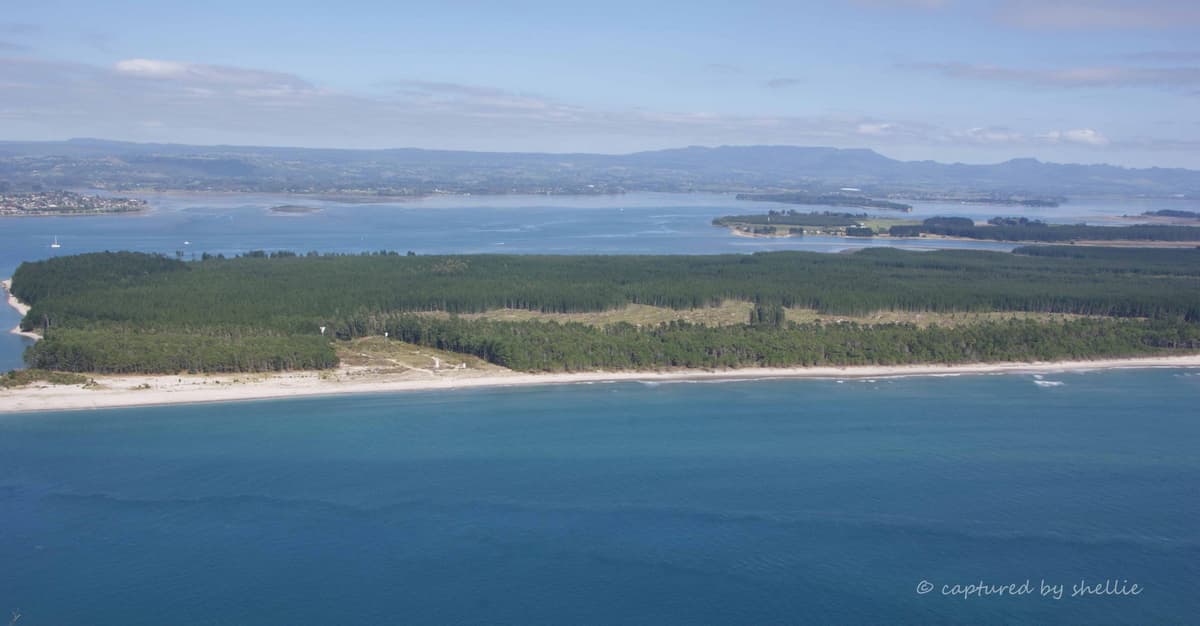
Credit: Matakana Island © Shellie Evans
A novel approach to aquaculture in Aotearoa New Zealand
Growing community wellbeing with pātiki tōtara/yellowbelly flounder
MoreThis project has produced or contributed to 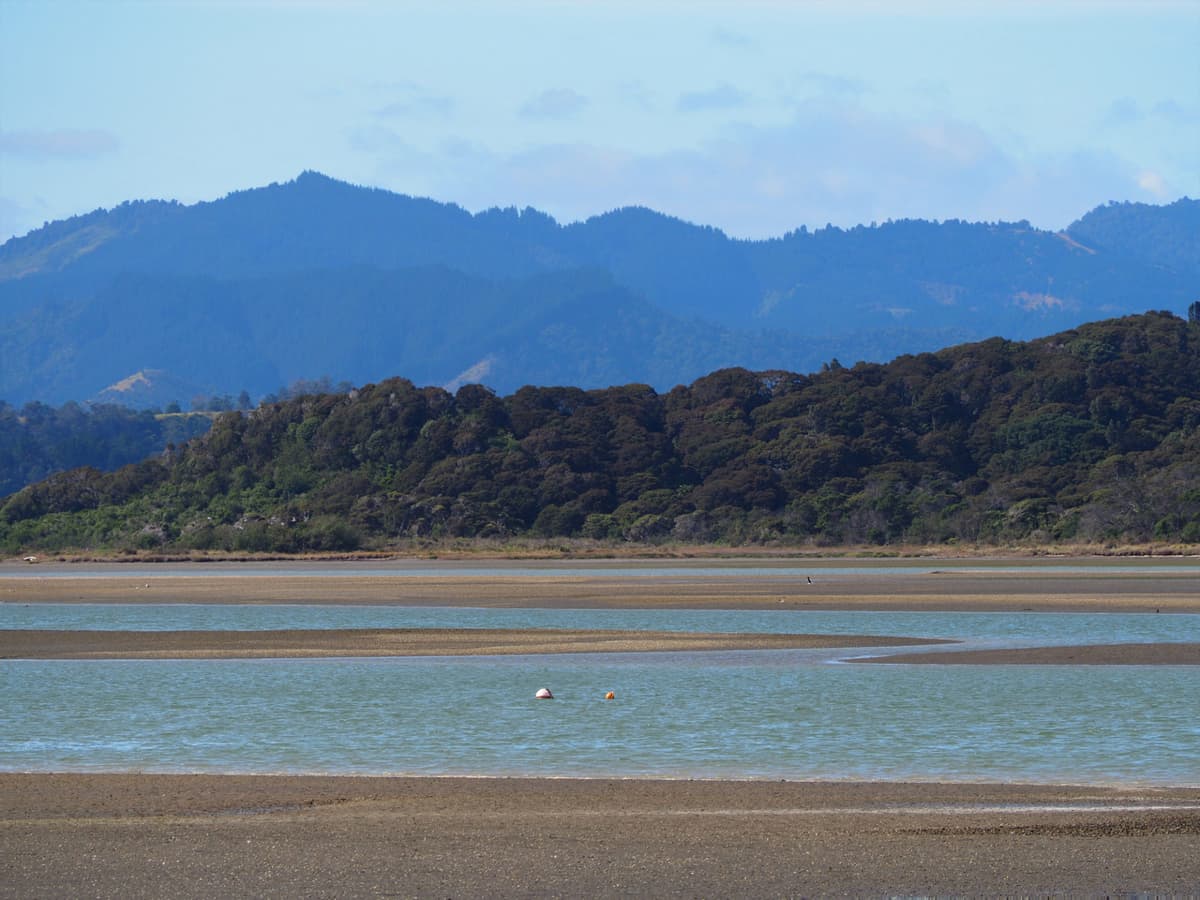
Credit: Ōhiwa Harbour, Sustainable Seas
Ecological responses to cumulative effects
This project brings together mātauranga Māori and science to develop new knowledge about cumulative effects
MoreThis project has produced or contributed to 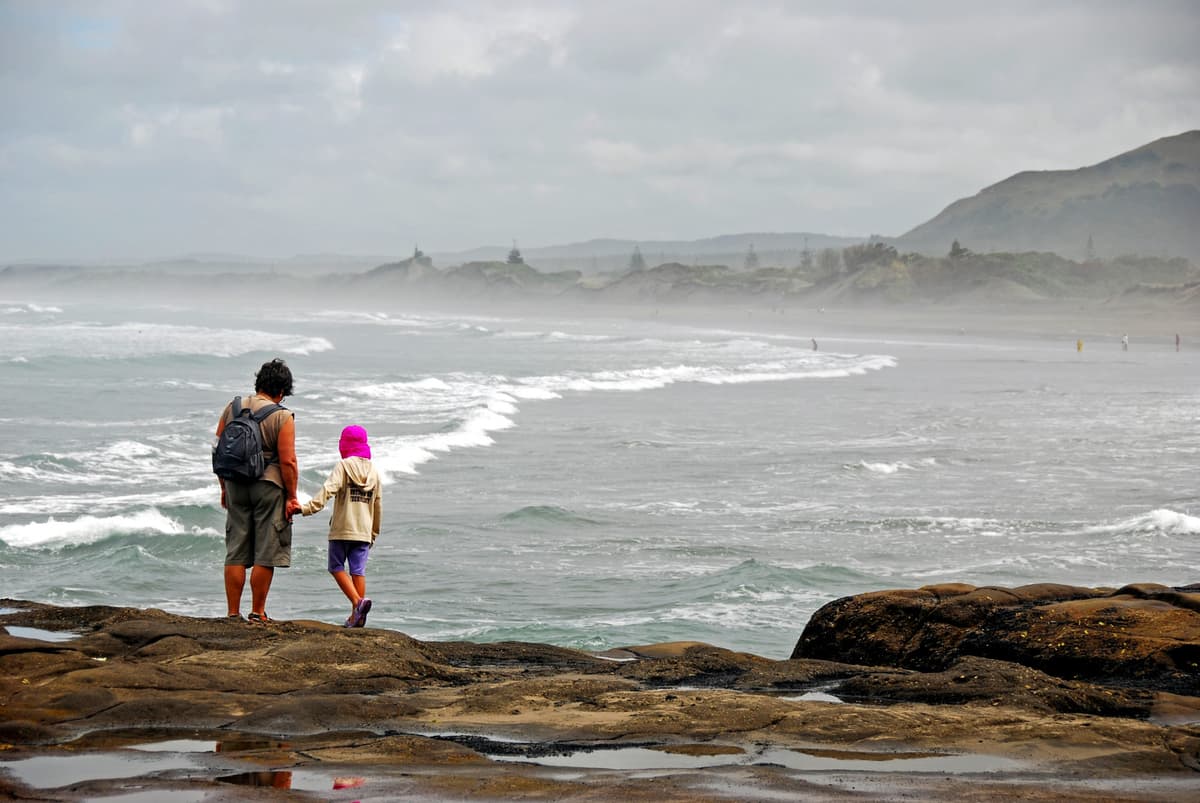
Communicating risk and uncertainty
Creating guidelines, models and tools that explicitly identify risk and uncertainty, to help make decision-making more inclusive and multi-sectorial.
MoreThis project has produced or contributed to 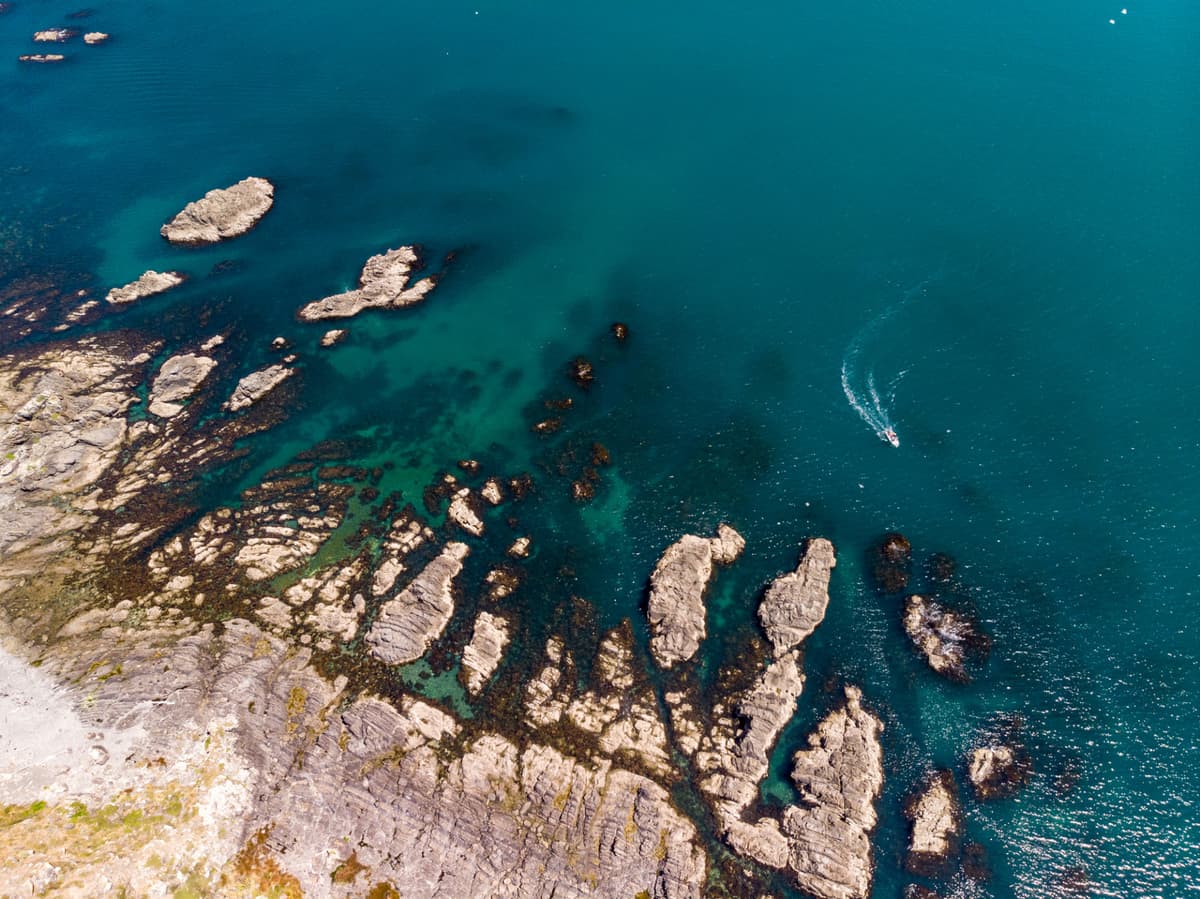
Credit: Hamish McCormick
Policy and legislation for EBM
We are developing a research base for policy makers, Māori and stakeholders to navigate the legislative, policy and practice constraints surrounding EBM and any changes required to enable it.
MoreThis project has produced or contributed to 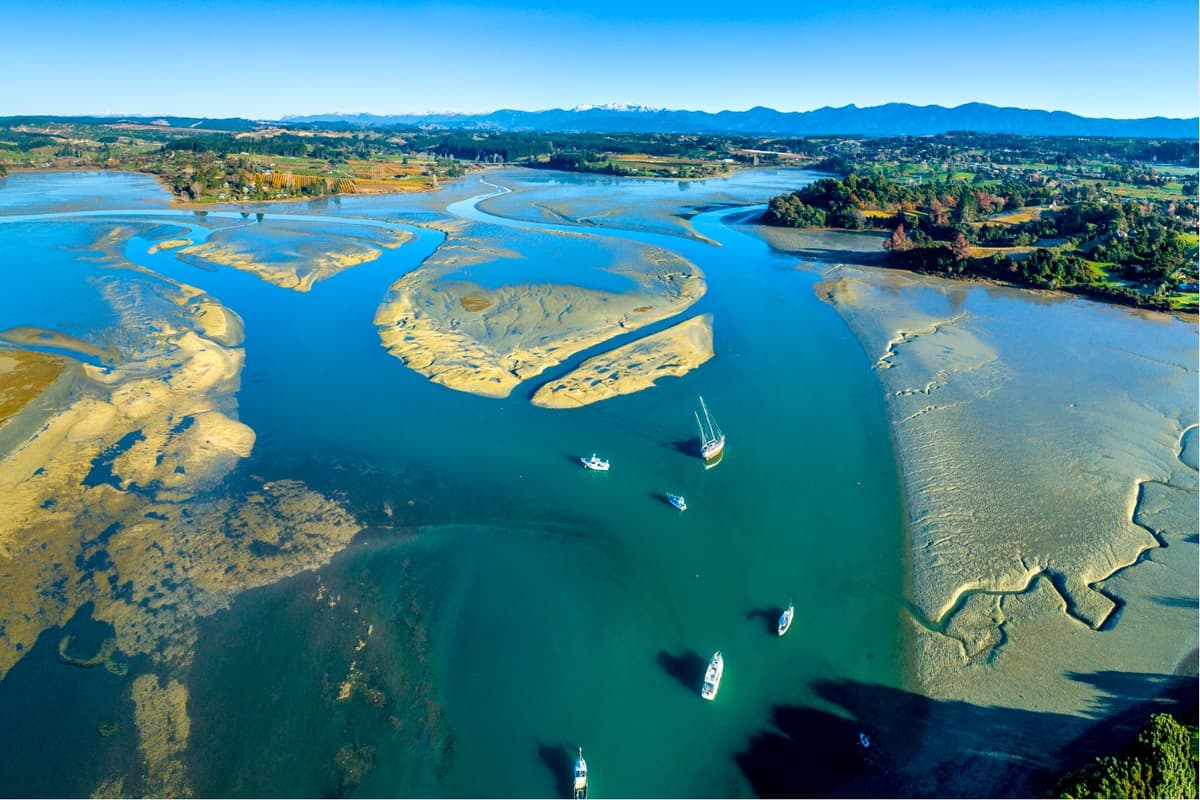
Credit: Rob Suisted
Scale and EBM
Improving understanding and communication of scale-dependencies for EBM
MoreThis project has produced or contributed to 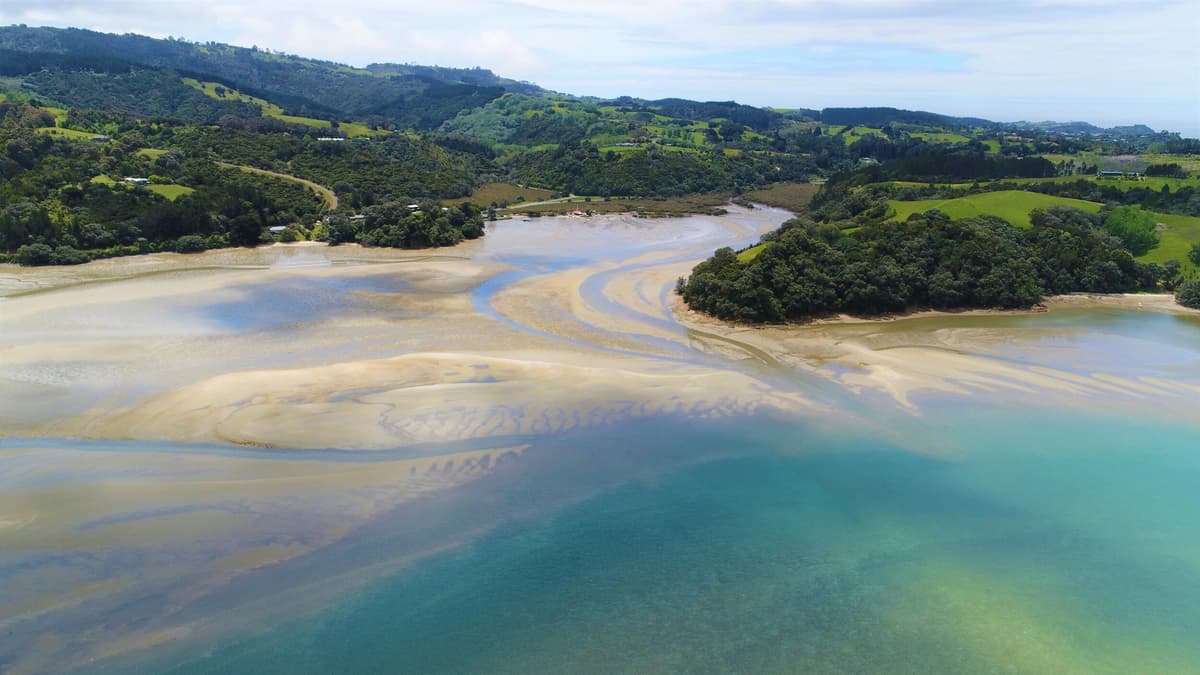
Credit: Brady Doak
Modelling restorative economies
Determining the benefits of small-scale, community-based marine restoration initiatives
MoreThis project has produced or contributed to 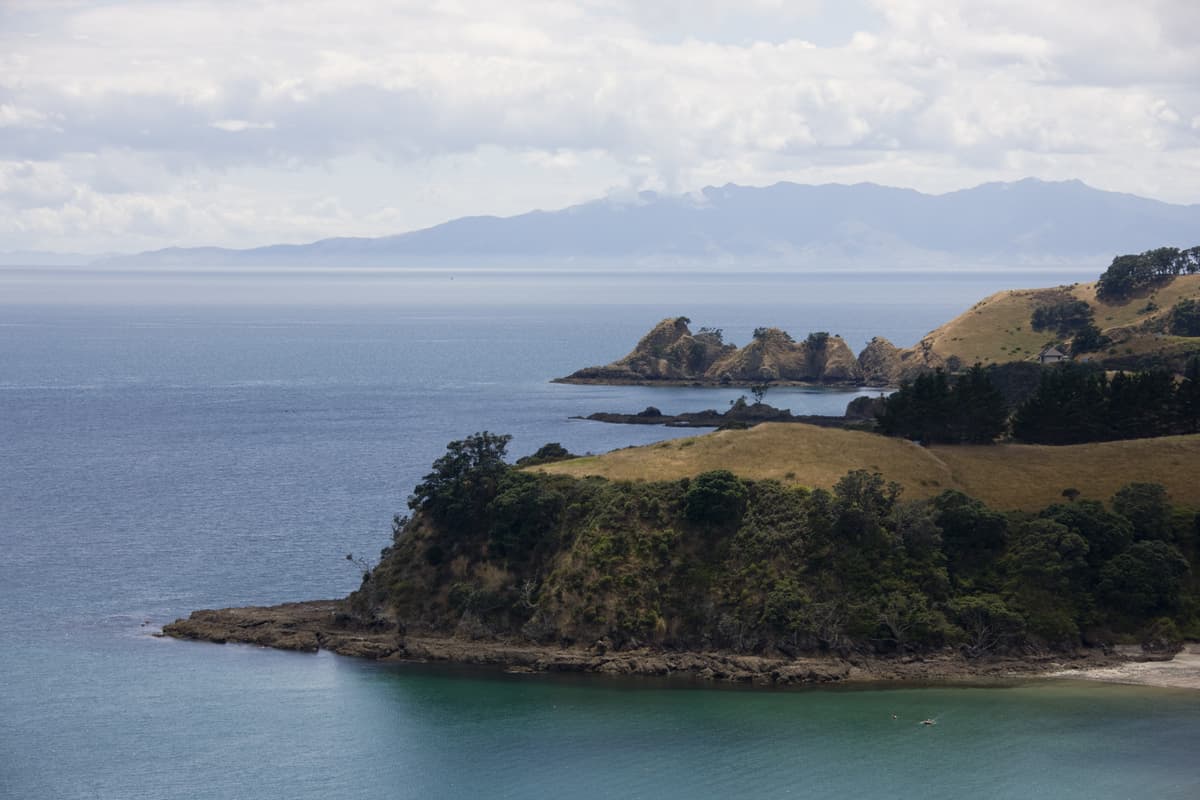
Credit: pjmalsbury/iStock
EBFM in the Hauraki Gulf
Developing a monitoring and indicator framework for the Hauraki Gulf Marine Park
MoreThis project has produced or contributed to 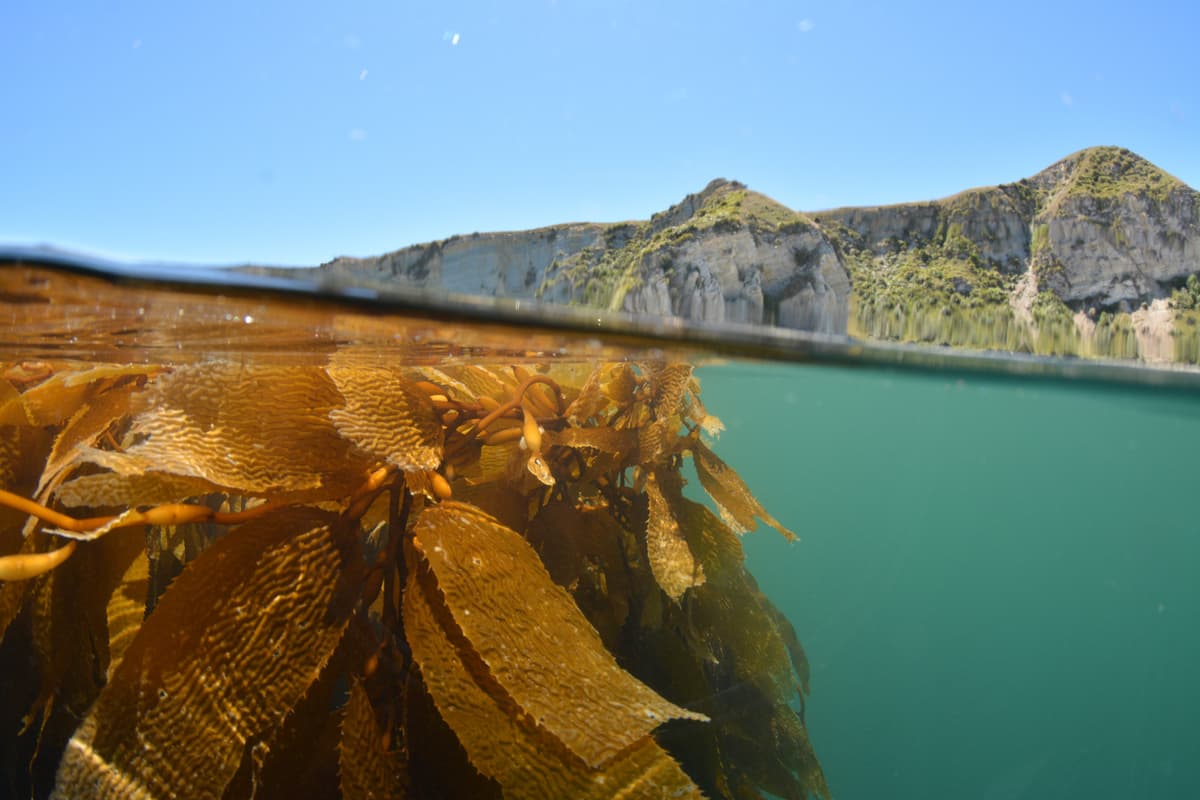
Credit: Leigh Tait/NIWA
Building a seaweed sector
Developing a seaweed sector framework for Aotearoa New Zealand.
MoreThis project has produced or contributed to 
Credit: Ripiro Beach © Taoho Patuawa
Thinking outside the can: Engineering toheroa aquaculture
Developing sustainable, community-based aquaculture in Te Taitokerau
MoreThis project has produced or contributed to 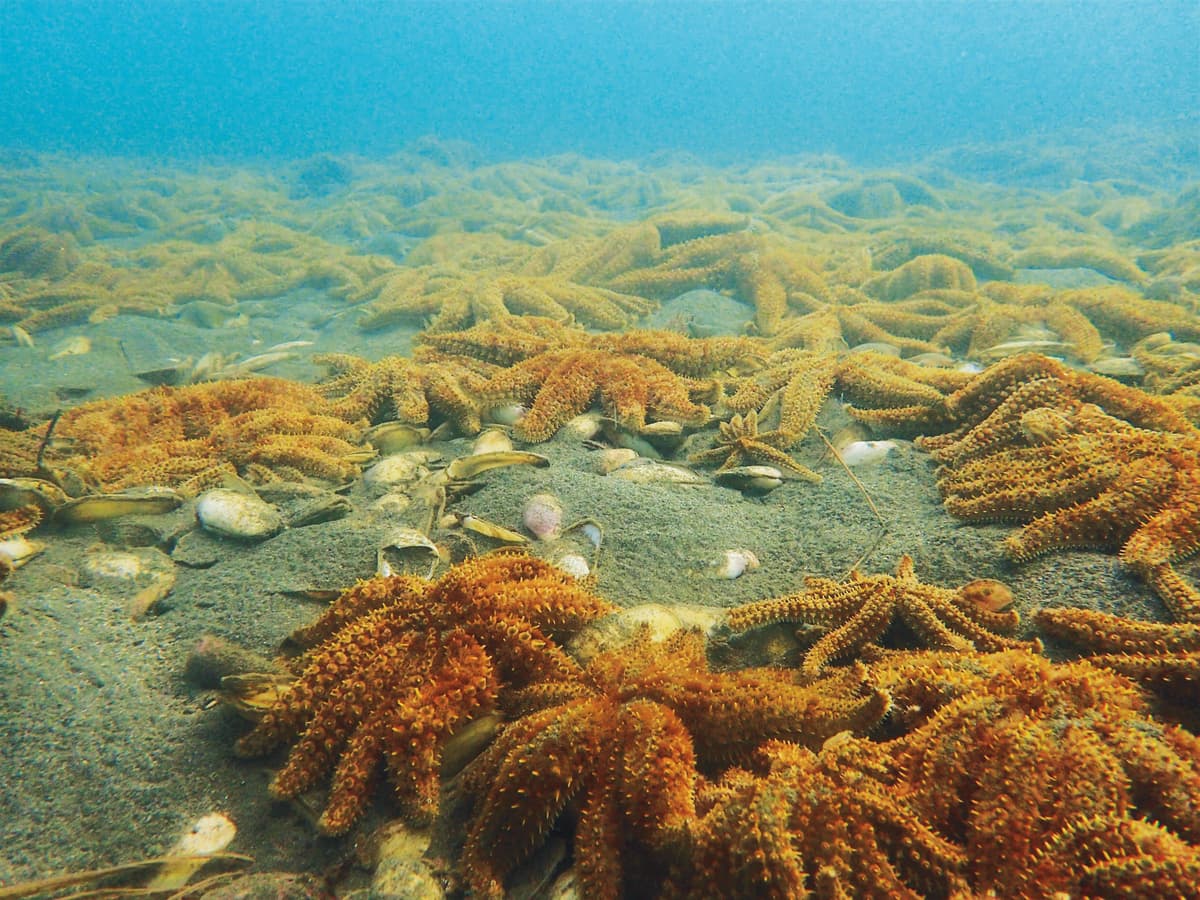
Credit: Kura Paul-Burke
Pātangaroa hua rau: the bioactive potential of sea stars
Investigating the economic potential of collagen and bioactives from 11-armed sea-stars to manage overpopulations
MoreThis project has produced or contributed to 
Credit: iStock/Ruslan Dashinksky
Seaweed sun defence
Investigating the potential of algal bioactives to prevent and improve the outcomes of sunburn
MoreThis project has produced or contributed to 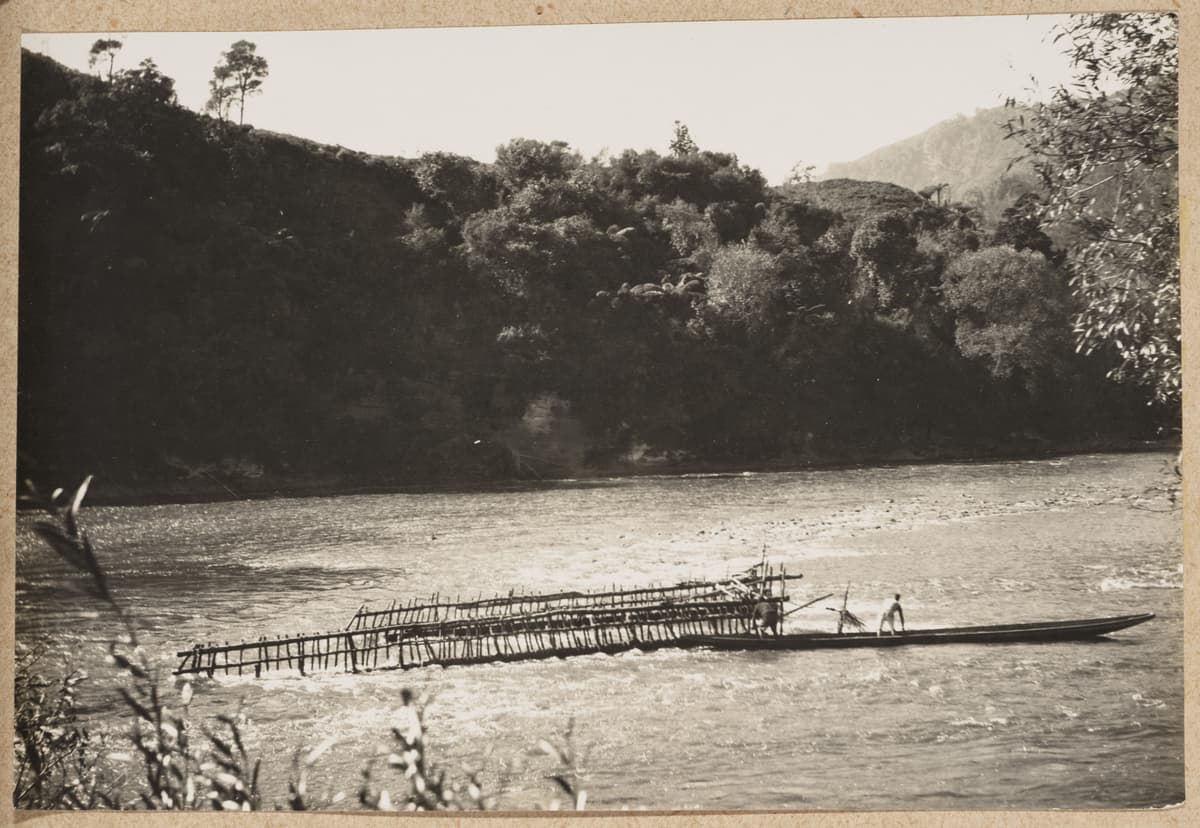
Credit: Lamprey and eel weir Whanganui River taken by James McDonald © Alexander Turnbull Library
Whakaika te Moana
Exploring traditional aquaculture practices to inform a hapū-based blue economy
MoreThis project has produced or contributed to 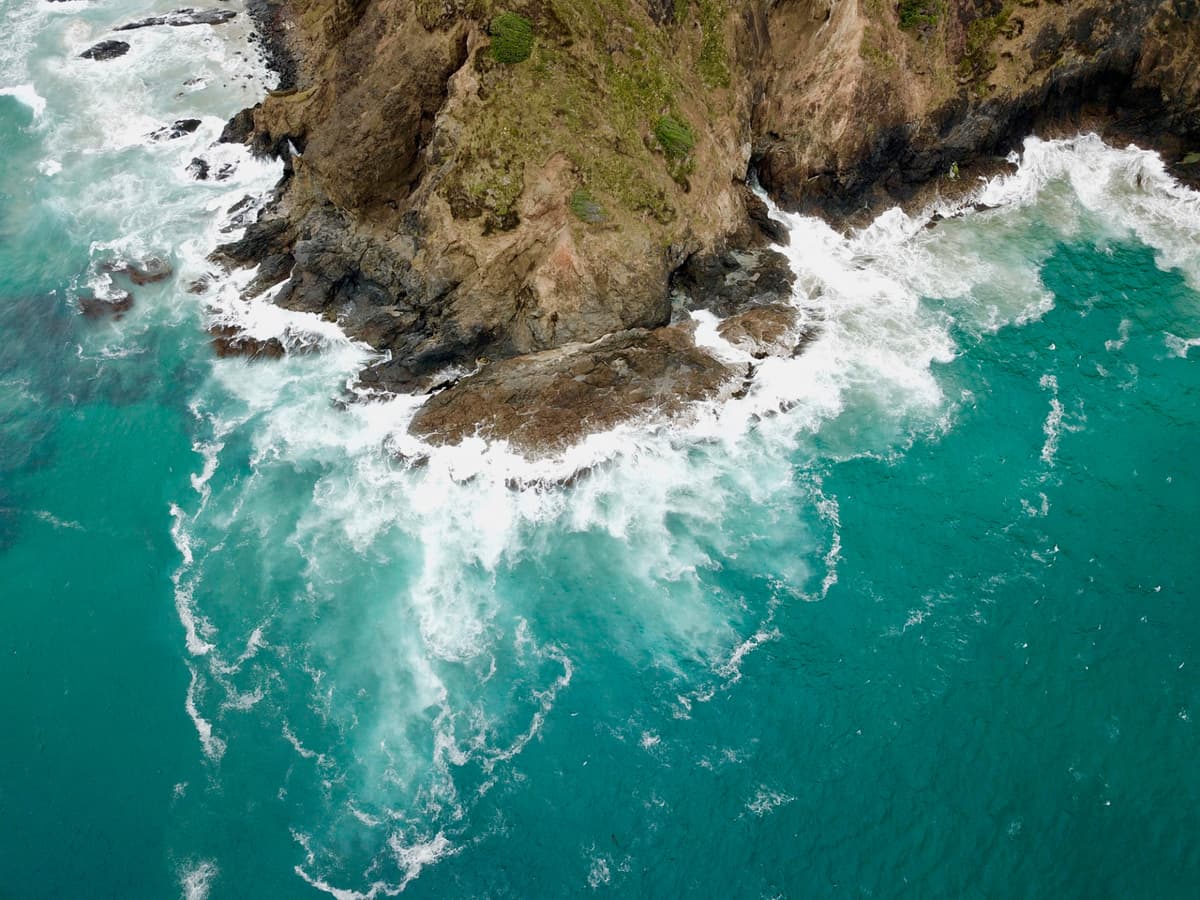
Credit: Ayushi Kachhara NIWA 2018
This project has produced or contributed to 
Enabling kaitiakitanga and EBM
Exploring how Kaitiakitanga and EBM can operate alongside one another within coastal and marine environments.
MoreThis project has produced or contributed to 
Credit: Jill Scott NIWA 2018
Perceptions of risk and uncertainty
We are investigating people's perceptions of risk and uncertainty in the marine environment and how these different experiences can improve decision-making about marine resources.
MoreThis project has produced or contributed to 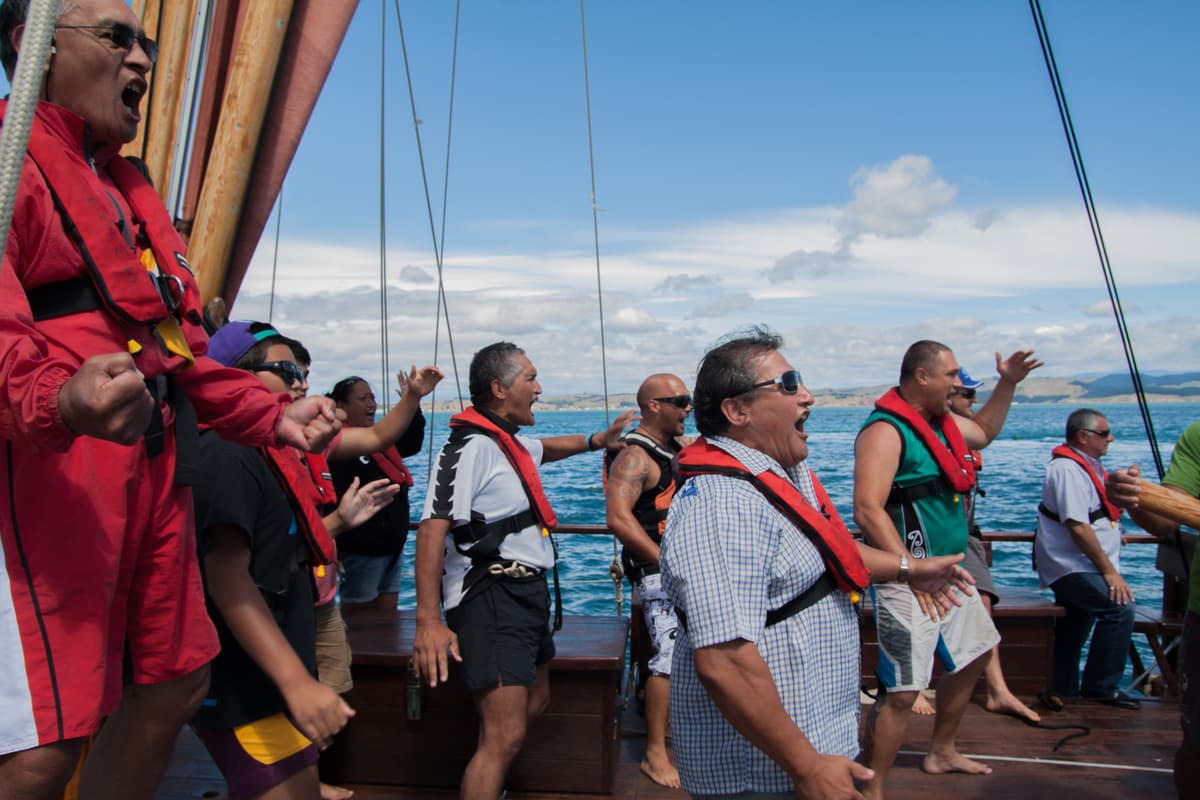
Credit: Ngāti Kahungunu Inc on Te Matau-a-Maui, Waka Hourua © Desna Whaanga-Schollum, 2013
Indigenising the blue economy
Addressing key barriers that currently prevent Māori from using their marine resources in a more culturally relevant, economically impactful, and environmentally sustainable manner
MoreThis project has produced or contributed to 
Credit: Carolyn Lundquist 2020
Spatially-explicit cumulative effects tools
We are incorporating cumulative effects of multiple stressors (from human activities on land and sea) into decision-making tools.
MoreThis project has produced or contributed to 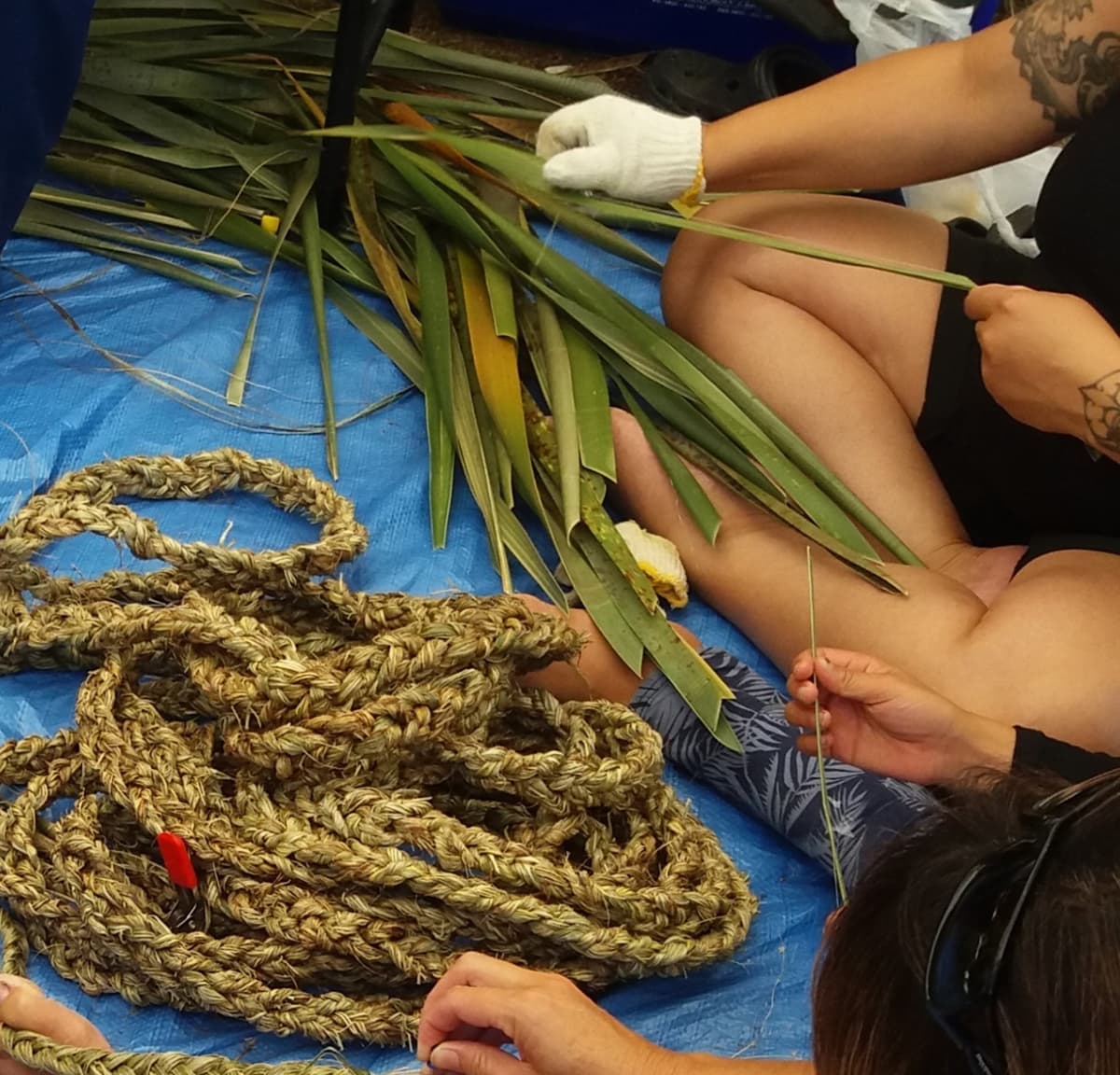
Credit: Ngati Manuhiri Settlement Trust
Kohunga Kutai
Creating a sustainable supply of seed mussels using mātauranga Māori
MoreThis project has produced or contributed to 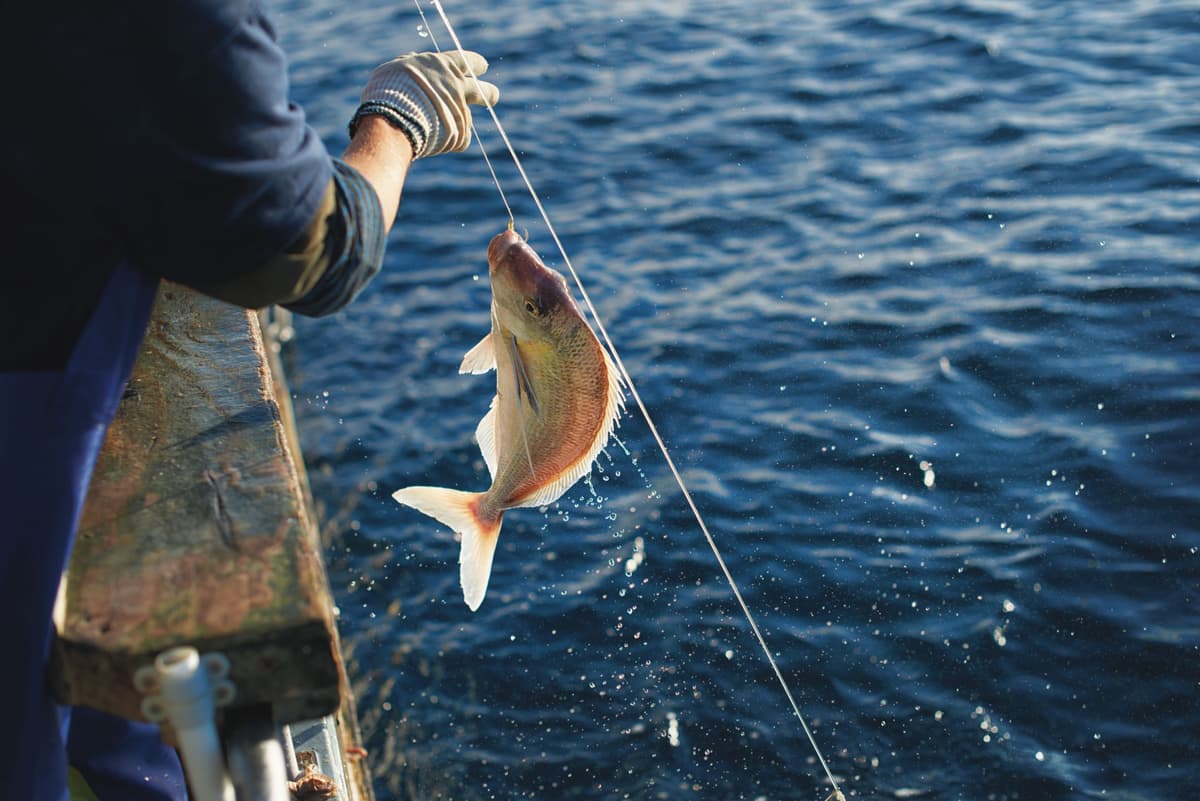
Credit: Chris Sisarich/NZ Story
Kia tika te hī ika: Exploring fisheries tikanga and mātauranga
Investigating the tikanga of ICP Iwi Partners as it relates to commercial fishing practice
MoreThis project has produced or contributed to 

















